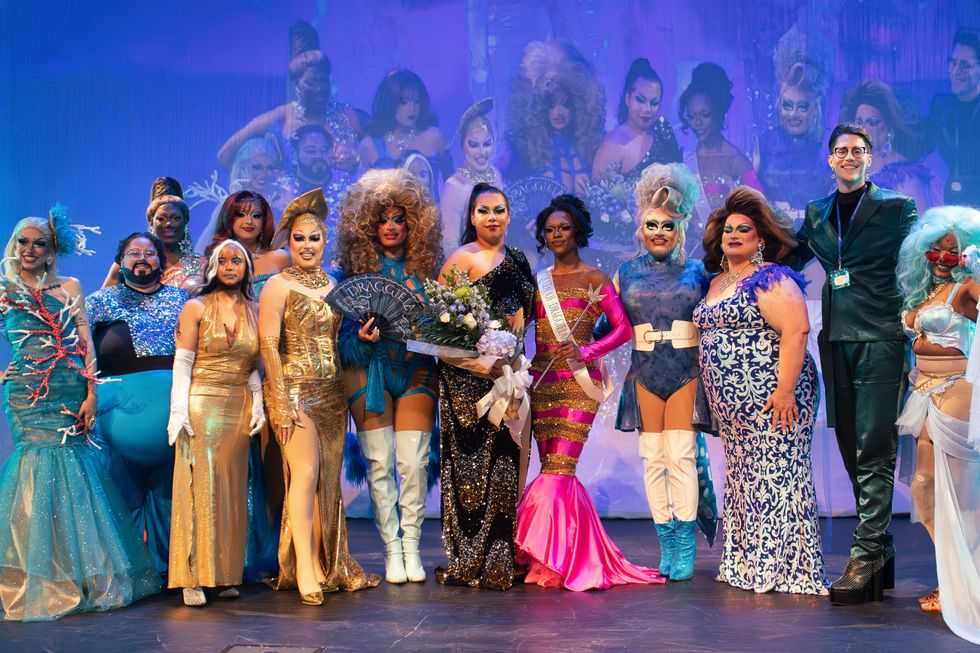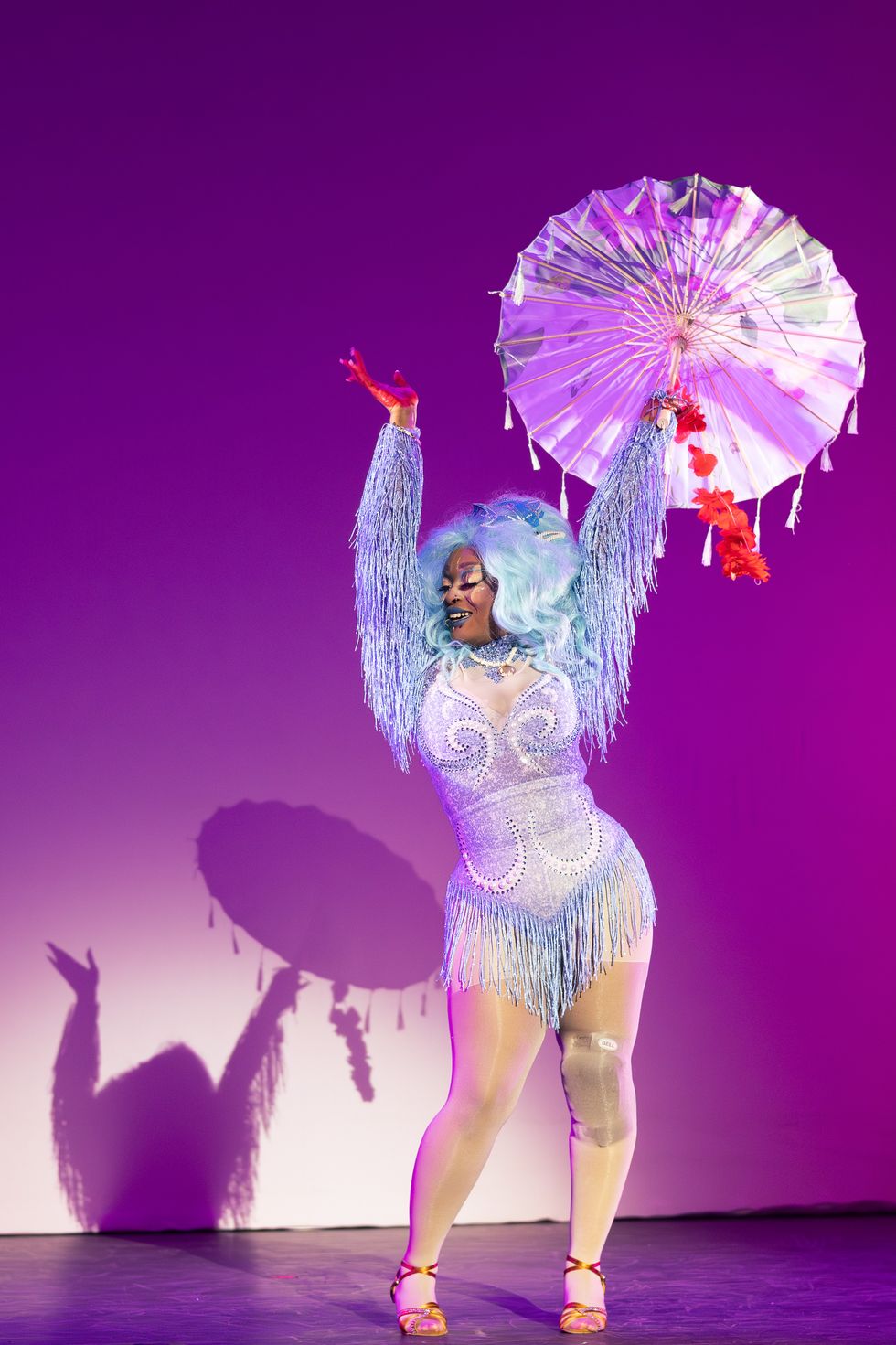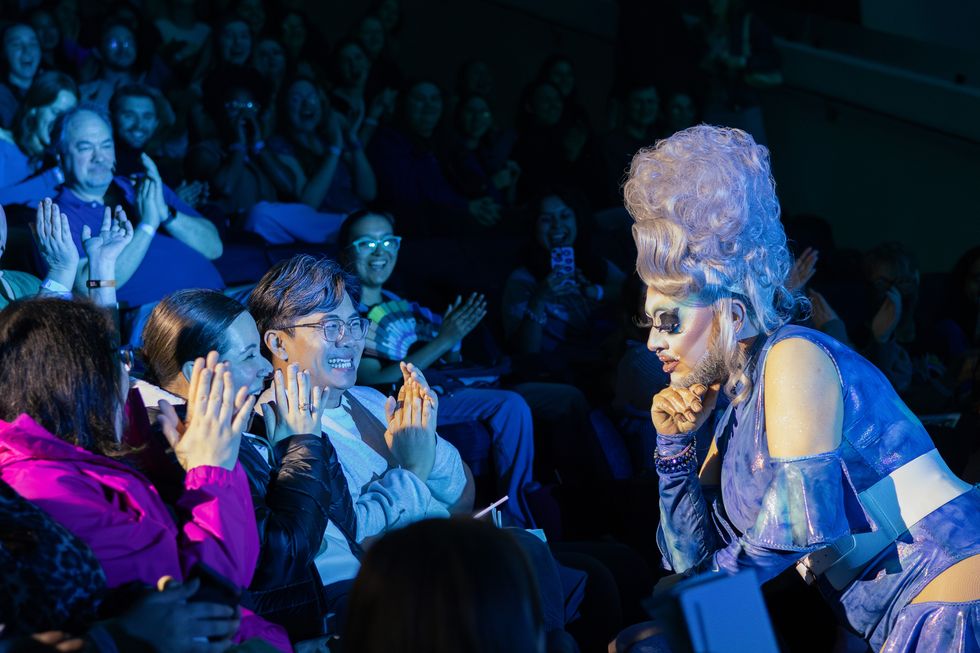With her cascading hair consistently bent into perfect beach waves, lithe frame, and ability to stylishly carve up and down the world’s best waves, Alana Blanchard looks every part the iconic surfer girl.
For most of her life, she has been just that, competing professionally on the World Surf League’s women’s championship tour until her departure in 2015. She has also crisscrossed the globe as a model and designer for major surf brand Rip Curl, although lately that travel comes with an extra special carry-on: her 6-month-old son, Banks, with partner and fellow surfer, Jack Freestone.
“We’re kind of all over the place,” she says. “We still don’t really have like a place we call our permanent home. We’re back and forth from Australia to Hawaii.”
Blanchard recently made her return to competitive surfing at the Los Cabos Open of Surf in Mexico as a wildcard entry (she also served as a tourism ambassador for the event) — her first contest since giving birth to Banks in December. She finished ninth overall.
And the surfer-model from the Hawaiian island of Kauai has added yet another role to her life: philanthropist. In an effort to help young female surfers achieve their dreams of competing professionally, Blanchard started the Alana Blanchard Foundation in May last year, launching it with a special contest called the ABF Challenge at last year’s event in Los Cabos.
The contest was held again this year with four budding surfers competing: Maya Larripa, Tiare Thompson, Gabriela Bryan, and Zoe McDougall. The athletes were handpicked by Blanchard and organizers of the Los Cabos Open.
“I’ve been competing and traveling my whole life and see how lucky I was,” says Blanchard, who has been sponsored by Rip Curl since she was 14 years old. “I used to travel with a bunch of girls who didn’t have sponsors, and they never got to fulfill their dreams. I just wanted to give back to some of the girls who should be getting that [support] but aren’t.”
The cost for young surfers to compete can be daunting without major sponsors and brands to help with travel and contest fees, Blanchard says. In addition to equipment costs, amateur and junior contests are held year-round all over the world, meaning that those aspiring to join the championship tour must compete on the QS — or qualifying series, which is a developmental league — and climb in rank.
There are 53 women’s QS events in the 2018 season, held everywhere from Australia to Peru. Even sponsored athletes can find themselves in precarious positions because financial backing often comes with the pressure to win contests.
The quest to go pro, then, can be especially cost-prohibitive for surfers with few — or no — sponsors because they must travel on their own dime, like 18-year-old Zoe McDougall, who won this year’s ABF Challenge and $2,500 in prize money.
McDougall is a rising star on the competitive circuit. She’s currently ranked #24 on the QS and came in first at a recent contest in South Africa. While she does have a few sponsors, every bit of extra funding helps. She says she will be using the prize money for traveling to more contests or fixing the surfboards that were recently damaged on the plane ride back from Los Cabos.
Sometimes surfing isn’t always as glamorous as people might think, McDougall says.
“I think people think it’s all warm weather, bikinis, hotels, and good food and good waves, which it sometimes is,” she adds. “But on tour on the QS, there is also a lot of budgeting and trying to find the cheapest places, freezing or stormy weather, challenging waves, sharks, [and] trying to eat healthy in foreign countries.”
McDougall’s mom, Joy, estimated that out-of-pocket costs for travel, lodging, and training can add up to be as high as $60,000 annually for young surfers hoping to get on the championship tour. To help with funding, her family set up a GoFundMe campaign.
Blanchard independently funds ABF currently but hopes to partner with other potential sponsors in the future, eventually having athletes ride for the foundation.
She also plans on organizing camps for girls at all levels of the sport, where they can talk about surfing and issues surrounding body image and wellness, something Blanchard said she could have benefited from in her early days as a surfer-model.
“I remember my first write-up, calling me the ‘Hottest Surfer Ever,’ which is cool, whatever,” says Blanchard. “But it put such a high standard on me that I had people writing in, ‘Oh she’s going to be a wash-out in two years. Just wait.’ I was only 17.”
The scrutiny from both the surf community and from herself about whether she was a good enough surfer versus just a pretty face or if she looked skinny enough for a photo shoot weighed on her as did her grueling schedule. Blanchard recalls the burnout zipping from contests to photo shoots and back to contests with minimal downtime.
Eventually, she scaled back on competing but remembers those searing criticisms well.
Nowadays, being happy means time with Banks, going back to Kauai, and, yes, surfing, although that usually means taking turns with Freestone, with one surfer parent on shore to watch Banks while the other paddles out.
As for ABF, she hopes to mold it into one part sponsor and one part sanctuary, a place where young women who want to be involved in the surfing world can be shielded from the noise that sometimes comes with it — noise that she has learned to ignore.
“I just want Alana Blanchard Foundation to be a very open thing for girls and women,” she says, “for them to be able to have a space where they can feel comfortable.”
















 Let us all bow before Gary, the Internet's most adventurous feline. Photo credit: James Eastham
Let us all bow before Gary, the Internet's most adventurous feline. Photo credit: James Eastham Gary the Cat enjoys some paddling. Photo credit: James Eastham
Gary the Cat enjoys some paddling. Photo credit: James Eastham James and Gary chat with Ryan Reed and Tony Photo credit: Ryan Reed
James and Gary chat with Ryan Reed and Tony Photo credit: Ryan Reed

 Rock deterioration has damaged some of the inscriptions, but they remain visible. Renan Rodrigues Chandu and Pedro Arcanjo José Feitosa, and the Casa Grande boys
Rock deterioration has damaged some of the inscriptions, but they remain visible. Renan Rodrigues Chandu and Pedro Arcanjo José Feitosa, and the Casa Grande boys The Serrote do Letreiro site continues to provide rich insights into ancient life.
The Serrote do Letreiro site continues to provide rich insights into ancient life.

 The contestants and hosts of Draggieland 2025Faith Cooper
The contestants and hosts of Draggieland 2025Faith Cooper Dulce Gabbana performs at Draggieland 2025.Faith Cooper
Dulce Gabbana performs at Draggieland 2025.Faith Cooper Melaka Mystika, guest host of Texas A&M's Draggieland, entertains the crowd
Faith Cooper
Melaka Mystika, guest host of Texas A&M's Draggieland, entertains the crowd
Faith Cooper


